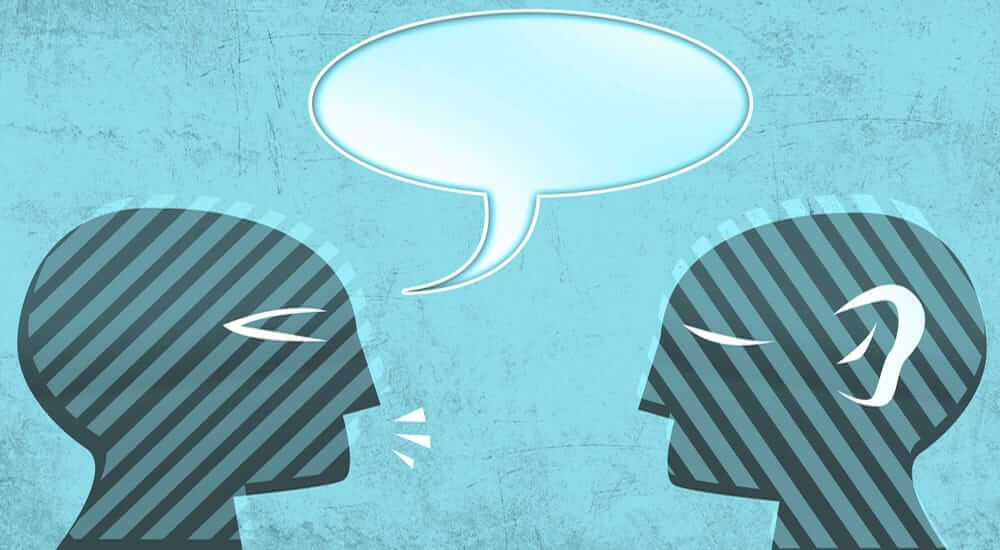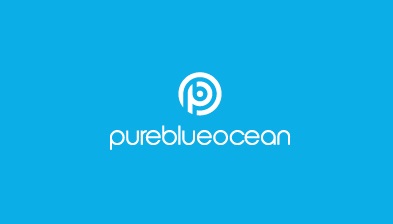
Description
Effective questioning and listening
Don’t under estimate the power of effective questioning and listening when meeting with a prospective buyer. Sales people are renowned for being good talkers, but actually, if we get our buyers to do the talking, we can discover what our buyers needs are and ensure our proposition therefore matches the need. - Questioning is what leads us to insight and insight is what allows us to tailor sells to customer and retailers. Questioning and listening should involve at least a third of the time in a meeting with a buyer. Asking the right type of questions means we can better understand and glean information and “put it in the back pocket” to bring out later in the meeting when you come to sell and refer to something your buyer said that is relevant to your proposition. The more information we can obtain in questioning, the more we are able to tailor the sell, which hopefully means less time negotiating. There are four main types of questions and knowing when to use them is important.- Open questions are used for finding out information - use WHO, WHAT, WHY, WHERE, WHEN questions, so your buyer needs to provide a fuller answer. Using this type of question at the beginning, gets the customer talking, meaning they will become more relaxed and you can build rapport through a conversation.
- Closed questions enable us to clarify a point, confirm facts or narrow a focus as the buyer needs to respond with a yes or no. For example, a question could be ‘Is growing your category important?’
- Probing questions allows us to find out more information - “Which shoppers groups are you trying to attract?” This helps us to explore a specific point.
- Leading questions allow us once probed to lead them to where we want to get. We can use leading questions to summarise what you have learnt g. “So what your saying is…”; “If I understand you correctly...”
Info
-->





